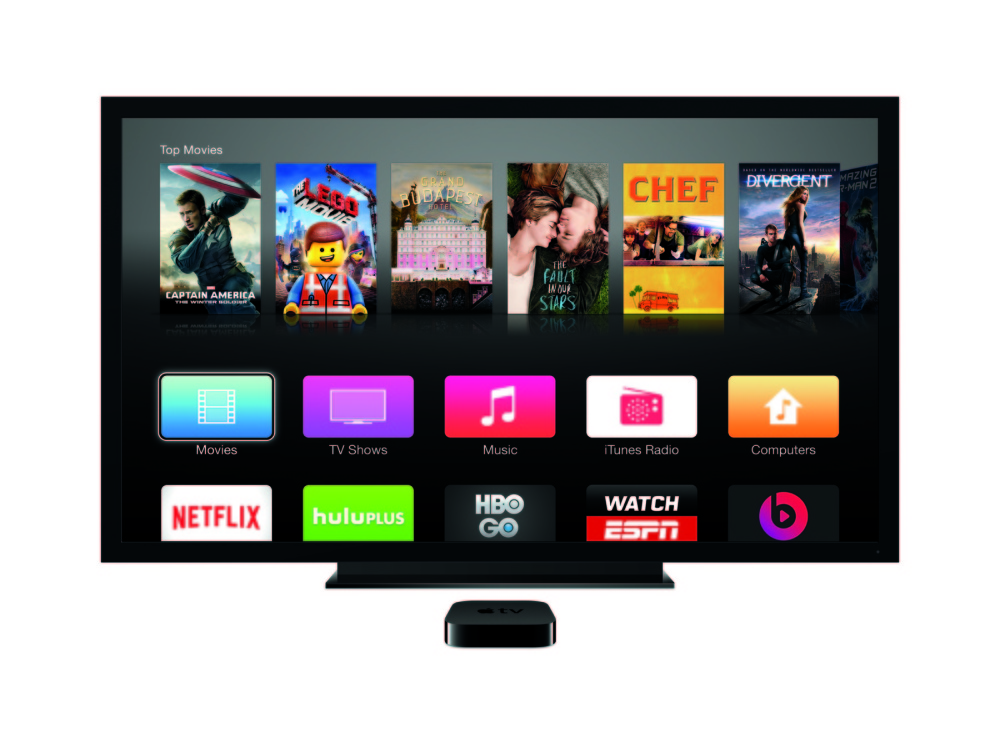Television viewers have long yearned for the day they could get their favorite programs streamed online without having to pay a huge cable bill each month. That day has arrived — and it’s confusing.
There’s the new Sling TV, starting at $20 a month, which offers channels such as ESPN and HGTV. Then there’s a CBS app for $6 a month. HBO is spinning out its offerings into a new streaming service. Add on top of all that older options such as Hulu, Netflix and Amazon Prime.
Those services are luring consumers to abandon traditional TV faster than ever. But after people “cut the cord” and drop cable, the new world is an ever-changing, mystifying array of choices.
Enter one big company — Apple — that wants to clear up all the confusion.
If it succeeds, Apple could become the biggest gateway to online video — the new Comcast for the Internet. And it has more cash on hand than any of its rivals to secure the most-desired shows.
Apple is in negotiations with major TV networks to bring a package of 25 channels to users of its devices for about $30 to $40 a month, as first reported by the Wall Street Journal and Re/Code. Apple’s TV package could be available as early as September and include Walt Disney’s ABC and ESPN, CBS and Fox. Add HBO Now, which will be available to Apple users for $15 a month starting in April, and the tech giant could have the most complete streaming offering of live popular TV shows and movies yet.
But there are also risks attached to Apple’s play. The tech firm is entering an already crowded field. Consumers who still want Netflix or other channels may end up paying close to what they used to pay their cable companies — wiping away the potential savings of cutting the cord. And in the end, viewers could be simply trading one kind of bundle for another one.
The future of TV may ultimately look a little like the past. Channels are being bundled into packages again, albeit smaller and cheaper for now.
The decline of traditional television has been years in the making, but it has dramatically accelerated in recent months. The cable business is at its weakest point in years. Subscriptions have declined, and new federal rules protecting net neutrality limit the ability of companies such as Comcast to charge other firms more for faster streaming to viewers. Meanwhile, watching television through streaming services such as Netflix and Amazon has become mainstream — reaching 40 percent of U.S. homes, according to Nielsen.
All that pressure is causing the biggest networks to reconsider their allegiance to the cable industry
Copy the Story LinkSend questions/comments to the editors.



Success. Please wait for the page to reload. If the page does not reload within 5 seconds, please refresh the page.
Enter your email and password to access comments.
Hi, to comment on stories you must . This profile is in addition to your subscription and website login.
Already have a commenting profile? .
Invalid username/password.
Please check your email to confirm and complete your registration.
Only subscribers are eligible to post comments. Please subscribe or login first for digital access. Here’s why.
Use the form below to reset your password. When you've submitted your account email, we will send an email with a reset code.